Faculty, staff communicate anti-racist action plans for the future of DEI
Photo credit: Digital Illustration by: London Sinclair '22
On June 27, an Instagram account emerged with the username “deararcher_”. The account provides an “anonymous place for students to share their experiences and stories without fear of being embarrassed or targeted.” This is one of the several Instagram accounts created recounting racism at private schools in Los Angeles.
Two hundred five days have passed since the murder of George Floyd. In Minneapolis on May 25, 46-year-old Floyd was killed after a white police officer kneeled on his neck for 8 minutes and 46 seconds. Onlookers recorded the situation and urged officers to stop as Floyd called out, “I can’t breathe.” The video quickly gained global attention, circulating on social media platforms with the hashtag “JusticeForFloyd.” Following the hashtag, civil unrest sparked across several cities in Minnesota, demanding action to be taken against the four officers involved in Floyd’s death. Protests and social media conversations erupted nationwide and millions of people have come together in an effort to denounce white supremacy, as well as the institutional racism that upholds it.
The killing of Floyd, as well as the school closures due to COVID-19, have powered conversations on racial inequality, specifically racism in predominantly white institutions [PWI].
An Instagram account with the username “deararcher_” released its first post on June 27. The account is dedicated to “prioritizing Black voices, pain, injustice, and pride” as well as sharing the experiences of other marginalized voices within the community. “deararcher_” is one of the many accounts recently created confronting the racial inequality that persists in Los Angeles’ elite private schools.
Harvard-Westlake, Campbell Hall, Brentwood School, Marlborough School, Marymount High School and several other campuses have social media accounts devoted to exposing racist behavior in their respective institutions as elite private schools as students express their experiences with racism anonymously.
“The goal of this account is to simply let POC [people of color] in the Archer community have a voice along with an outlet to speak out against the microaggressions/racism/insults, etc. that they may face at school whether it be from faculty or other students,” the Dear Archer account stated on Instagram.
View this post on Instagram
Student Responses
Head of School Elizabeth English issued a public statement in early July to respond to the social media account, recognizing that the school has “fallen short” of its founding mission, prioritizing diversity and inclusion. The announcement also apologized to those who have been victims of “insensitivity” at Archer.
The infographic below is interactive. You can select one, multiple, or all of the identities below and the data will shift to represent the specific responses.
“[Dear Archer] is revealing that there are two very different experiences that students are having at Archer and that the experience I remember, as a white student, or the experience I imagine when I think of Archer is maybe not the experience everyone is having,” English teacher and alum Lauren Bahedry said. “What we need to do as a school is move towards that awesome Archer experience that we imagine everyone is having, that maybe only half of us are having or maybe only the white students are having. If we can move that amazing vision of Archer to something that is inclusive and that everybody’s feeling when they come here, I think that’s what’s really important.”
There was also a free-response section of the survey, where students had the opportunity to pose questions regarding the future of DEI at Archer, elaborate on answers to previous questions or share opinions not captured in the closed questions. An anonymous student used the space to convey her emotions regarding the BIPOC [Black, Indigenous, People of Color] experience.
“I feel that Archer does the bare minimum sometimes; the BIPOC community sees them try, but it’s not enough. It’s not enough when we leave, bawling our eyes out because we don’t see enough people like us. It’s not enough when we aren’t included by people or in the class. It’s draining when we are asked to talk for our whole community. That’s not right. It’s not enough when teachers themselves, unconsciously or consciously make microaggressions. It hurts us. It makes us feel that we aren’t really there at Archer and how we shouldn’t be there. I urge Archer to listen to us! To make firm actions [because] I’m tired of hearing false promises. Please, have anti-racist conversations to the predominately white community. BIPOC don’t need them; we live it. Hire more POC faculty!” an anonymous student said.
Institutional Response
Last year, Archer published a comprehensive strategic plan with goals laid out for the next five years. Reaffirming their commitment of inclusion, the strategic plan includes two implementation steps related explicitly to DEI. Concomitant to these initiatives, the school currently has a Teaching Apprentice Program [TAP] aimed at young teachers of color whom Archer can “support, train and cultivate,” English said.
“The first [goal] is to increase the percentage of teachers of color. As I wrote in a blog last year, there is a teacher shortage crisis in this country right now, and part of that is that is there are a very low percentage of teachers of color, so that’s a challenge nationwide,” English said. “However, we’re committed to actively recruiting, seeking, teachers of color and part of the mission of the TAP program is recognizing that there’s a shortage of teachers, and in particular teachers of color and saying, ‘Okay, well if there’s a shortage, we’re going to put in the time and effort and resources to train those teachers at Archer because we have a lot of expertise.’”
The second implementation step related to DEI is to write and implement a distinct DEI strategic plan. This process is currently underway — beginning with interviewing strategic planning consultants that have DEI expertise and eventually convening a strategic planning committee made up of students, faculty, parents, alumni and trustees.
“At a macrolevel for the school, I think it’s really important that in the strategic plan, which is what guides us for the next five to seven years, that a key pillar is culturally responsive teaching — and what that means is there is accountability. In a year, in two years, when we ask ourselves, ‘how are we holding ourselves accountable’ and ‘where are we not,’ we can look to our plan strategic plan,” English Department Chair Brian Wogensen said.
Over the Summer, as part of the professional faculty development, all teachers read Culturally Responsive Teaching and The Brain by Zaretta Hammond. According to her website, the book “draws on cutting-edge neuroscience research to offer an innovative approach for designing and implementing brain-compatible culturally responsive instruction.”
“[We are] really thinking about how we are creating an inclusive environment in our classrooms, how are we responding to questions and conversations in a way that makes it clear that we value every single student and [their] voice and perspective,” History Department Chair Bethany Neubauer said. “Reading the Dear Archer posts, it was so clear how these experiences left real damage for those students. Making sure that we are prepared that we’ve practiced with each other to step into those situations and to do our best to send a very strong message that we value everyone and anyone who is feeling that pain of attack — [they’re] not going to be able to really learn. So it’s our job as teachers; it’s part of our stated mission to create ethical leaders and to create community that is inclusive.”
Math teacher Leila Chakravarty expressed a similar urgency to lean into these conversations and potentially uncomfortable spaces. Chakravarty also commented on the importance of building student-teacher relationships and trust in the classroom as a foundation for courageous conversations.
Chakravarty said remote learning makes it more challenging to build the solid foundations necessary for such conversations. “I have always wanted to use math as a lens to understand power structures and understand inequality, and this was something that I had wanted to put in place last year, and now there is COVID — it is not that it is on hold,” she said, “[but] Usually, in my IM3 classes, we have gelled really well within a week or two, and we could start some serious work, but right now, it’s complicated.”
The Dear Archer account has emphasized the need for an expansive, actively anti-racist curricula that encompasses a diverse set of narratives. Many teachers have used the last nine months’ events to rethink their practice and reflect on previous teaching approaches.
“I think a big part of it as a teacher is educating yourself, so I think that this summer and the Dear Archer account and just taking in the racial situation in America right now, a big role for me as a white educator has been to really think about my whiteness and think about the role that plays in the classroom,” Bahedry said. “Our English department is a white department, so it’s something that we talk about as a department and it’s something that we have to address, especially when we’re discussing race in the classroom — having to own that we’re coming at a text from a very specific lens and a very specific point of view and being conscious of it personally but also verbally and vocally being conscious and talking about it openly with the students.”
Wogensen added to the department’s efforts, illustrating student autonomy as well as bringing up the fact that the curriculum is constantly in a state of design, drawing from current events.
“It’s important to let the students make choices about some of the content, not just singularly but that they are able to bring and share that content. I think that enriches the diversity of points of view, of experience and voice in the classroom as well, so it’s not just what I bring and what I’m gleaning from the world around me, but also what students are doing” Wogensen said. “ I also think another point is commitment to being thoughtful and attentive to what’s being written right now. ‘What are the things that are being expressed and written in essays and articles in this moment, and can those make their way into the classroom?’”
The history department has also taken steps to build a more comprehensive outlook of the past. Neubauer recognizes the “danger of a single story” and implementing a curriculum that reflects the range of experiences people have.
“Talking about the history of different immigrant groups was definitely something that we were digging into, but history textbooks at the high school level or the middle school level are not as skillful, so it’s up to teachers to find additional sources to bring in. Something that we are also thinking about is making sure that the stories that we are telling are not just stories of oppression,” Neubauer said. “In teaching U.S. History, that can be hard because the moment people of African ancestry become players in the story of the history of this country [is when] they are being stolen from their homes and enslaved. That creates a particular tension and problem for U.S. History teachers, but I think that we are very aware of that and talk about it with our students and being sure that we’re including stories of resistance and celebration and accomplishment — as well as honest stories about the brutality that enslaved people live under and the ways in which they got themselves free.”
Neubauer described clear actions the department is executing to better support the student body.
“I think one of the great things about working in an independent school or attending an independent school is that curriculum is ever-evolving,” Neubauer said. “We’re able to be more responsive to the needs of our students because we have so much more freedom — but it’s also a big responsibility to try to get it right.”
The Oracle reached out to the student body on multiple occasions and all responses that we received were anonymous.

London Sinclair joined the Oracle as a staff reporter in 2019 and became the first Oracle Podcast Editor in 2020. She is a student journalist, budding...




![Freshman Milan Earl and sophomore Lucy Kaplan sit with their grandparents at Archer’s annual Grandparents and Special Friends Day Friday, March 15. The event took place over three 75-minute sessions. “[I hope my grandparents] gain an understanding about what I do, Kaplan said, because I know they ask a lot of questions and can sort of see what I do in school and what the experience is like to be here.](https://archeroracle.org/wp-content/uploads/2024/03/grandparents-day-option-2-1200x800.jpg)










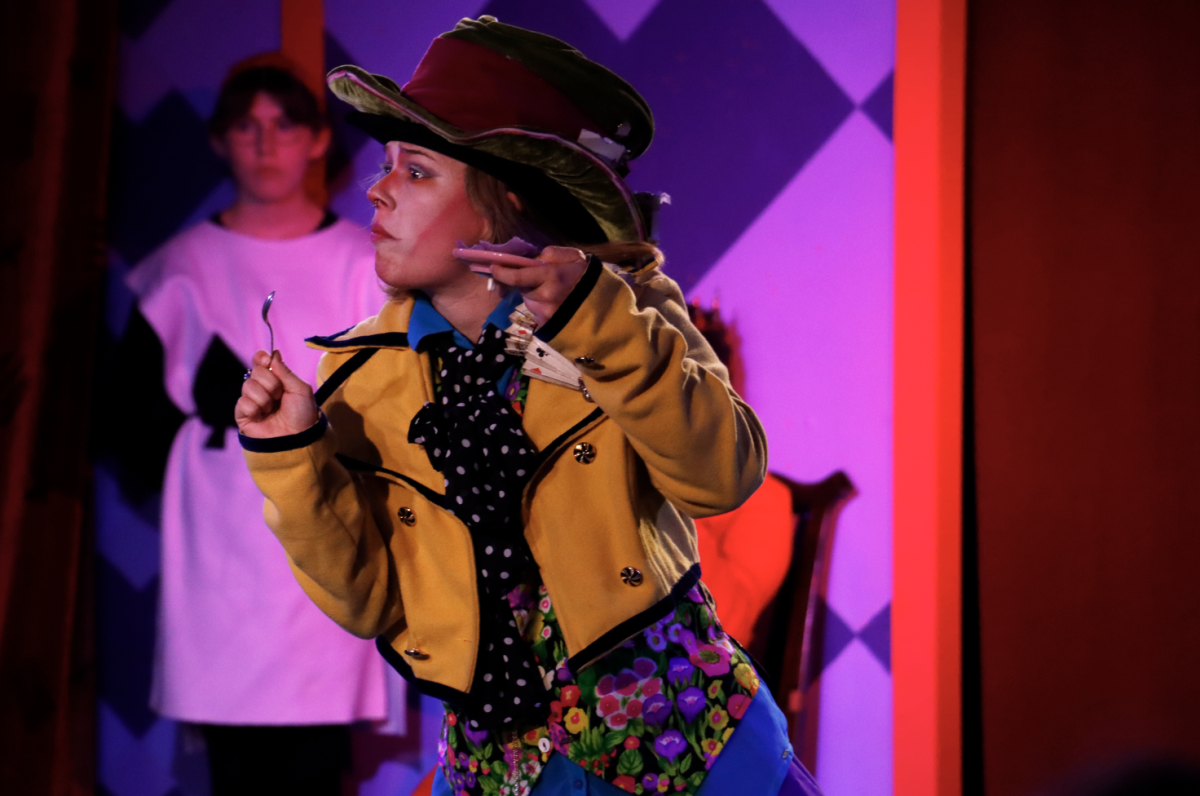







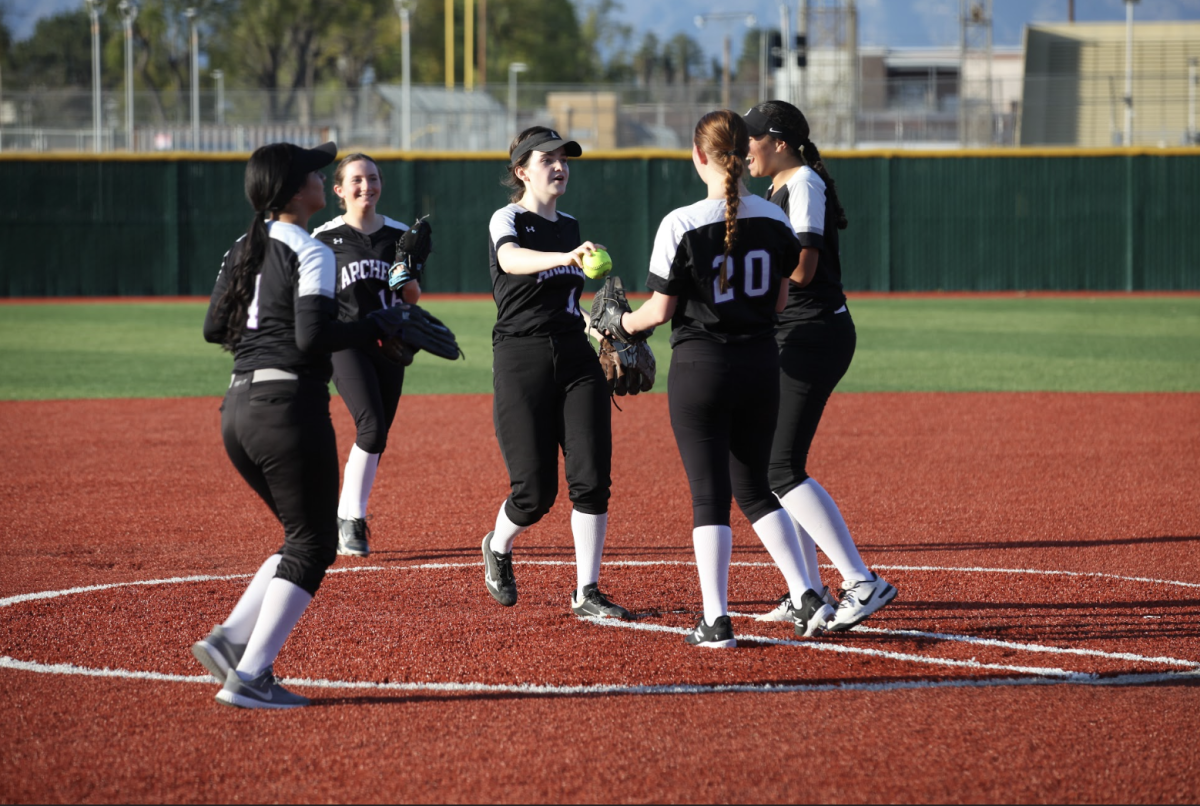
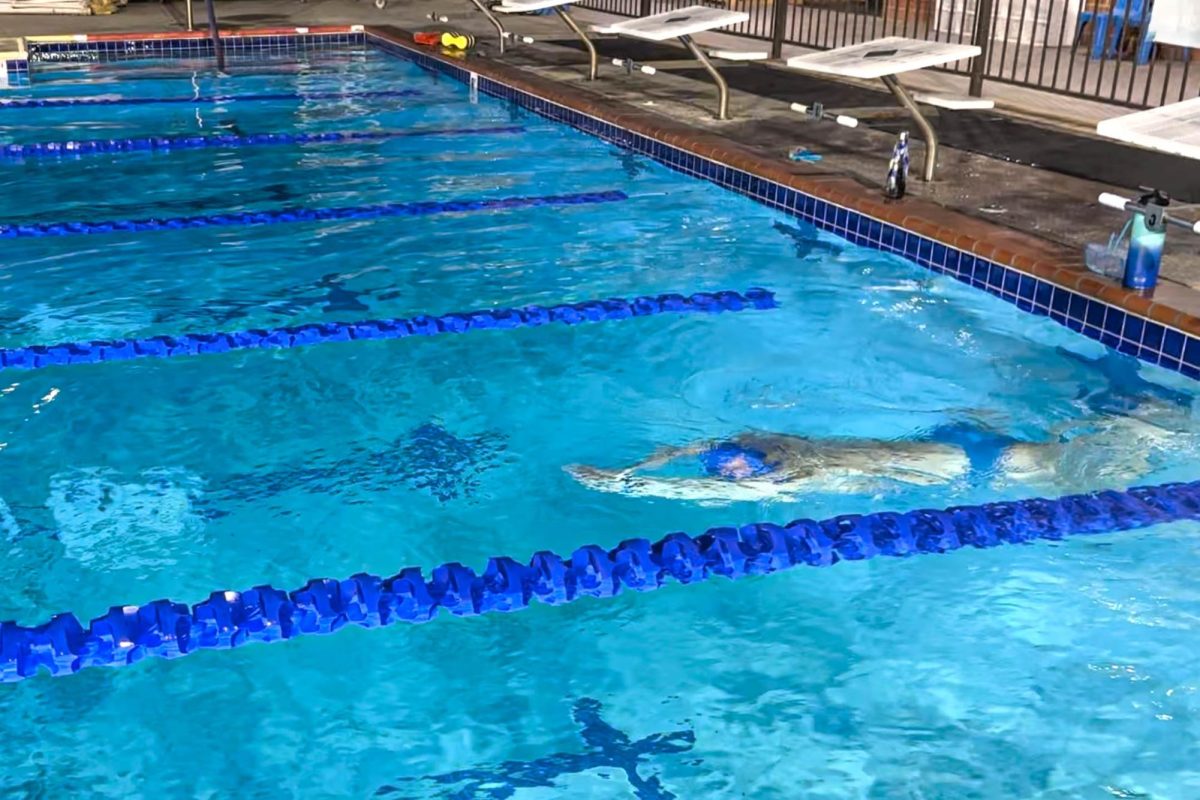







































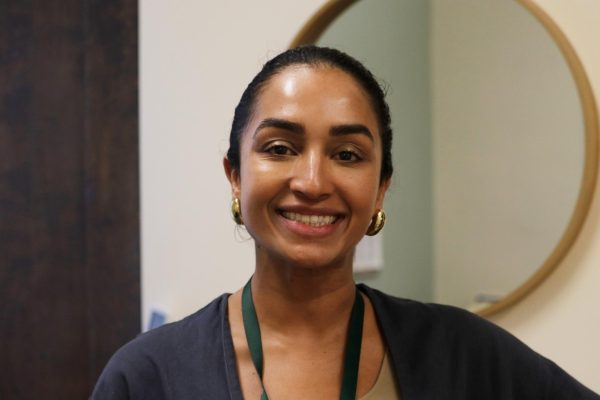

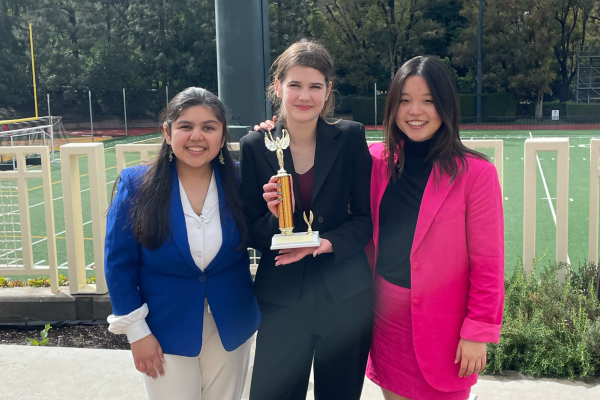


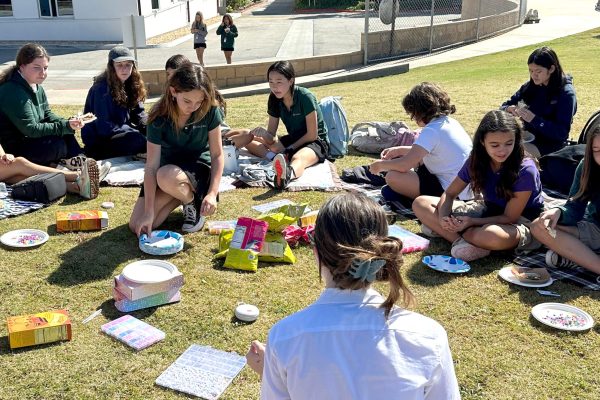

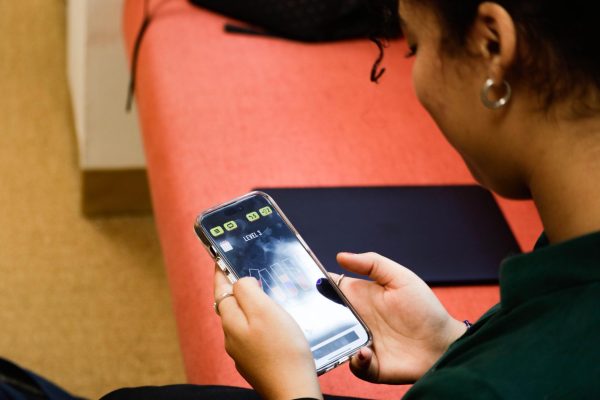
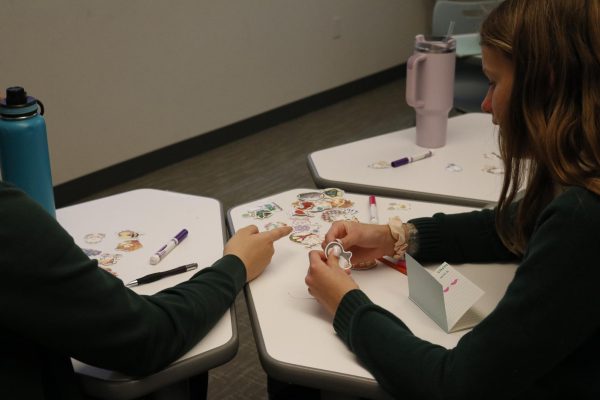

Anaiya Asomugha • Dec 20, 2020 at 10:15 pm
Wow. Just wow. This gave me chills and it breaks my heart to know that this happened to her. Thank you for this powerful entry London.